Fiber Optic Splice Closure: An Overview
Fiber optic splice closures are integral components in the management of fiber optic networks. These devices protect fiber optic splices from environmental factors and mechanical damage. Typically used in outdoor environments, they are designed to withstand elements such as water, dust, and varying temperatures, ensuring the integrity of the fiber optic connection.
Types and Configurations
There are various types of fiber optic splice closures to suit different applications. Dome type and inline type are the two primary configurations, each serving distinct installation scenarios. Dome type closures are commonly used for aerial, wall-mounting, and direct burial applications. In contrast, inline types are preferred for straight-through fiber cable installations. Understanding the specific requirements of a network is crucial in selecting the appropriate type.
Applications and Uses
The application of fiber optic splice closures extends across a broad spectrum of telecommunications infrastructure. They are essential in CATV networks, telecommunication networks, and in the deployment of fiber-to-the-x (FTTx) technologies. Their versatility allows them to be used in backbone network connections, as well as in branching off individual fibers for local area network access.
Features and Materials
Durability is a key feature of fiber optic splice closures, with most being constructed from high-strength engineering plastics. The materials are selected for their ability to resist aging and degradation from ultraviolet light, as well as their mechanical strength. Inside the closure, organizers and trays keep fiber splices secure and well-arranged, facilitating maintenance and inspection.
Advantages of Fiber Optic Splice Closures
The primary advantage of using a fiber optic splice closure is the protection it offers to fiber optic splices. It prevents physical damage and safeguards against environmental hazards, thus maintaining signal integrity. Additionally, these closures are designed for re-entry, which is a significant benefit for network upgrades or reconfiguration without disrupting existing connections.
Selection Considerations
When selecting a fiber optic splice closure, factors such as the number of entry and exit ports, the maximum capacity of fiber splices, and the type of fiber optic cables used are important considerations. It is also essential to consider the environment in which the closure will be deployed to ensure compatibility with environmental conditions.




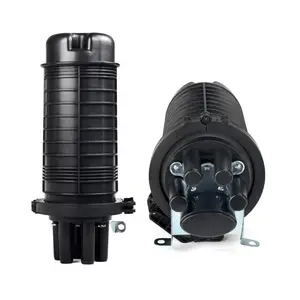

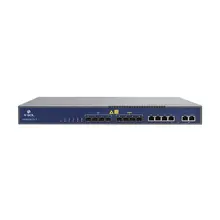
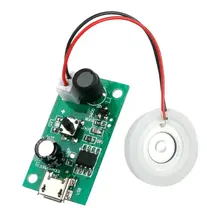





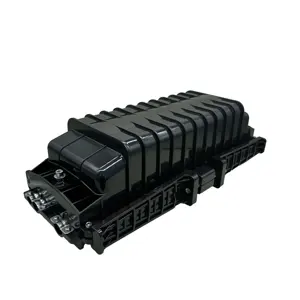


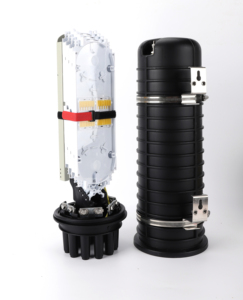
























 浙公网安备 33010002000092号
浙公网安备 33010002000092号 浙B2-20120091-4
浙B2-20120091-4